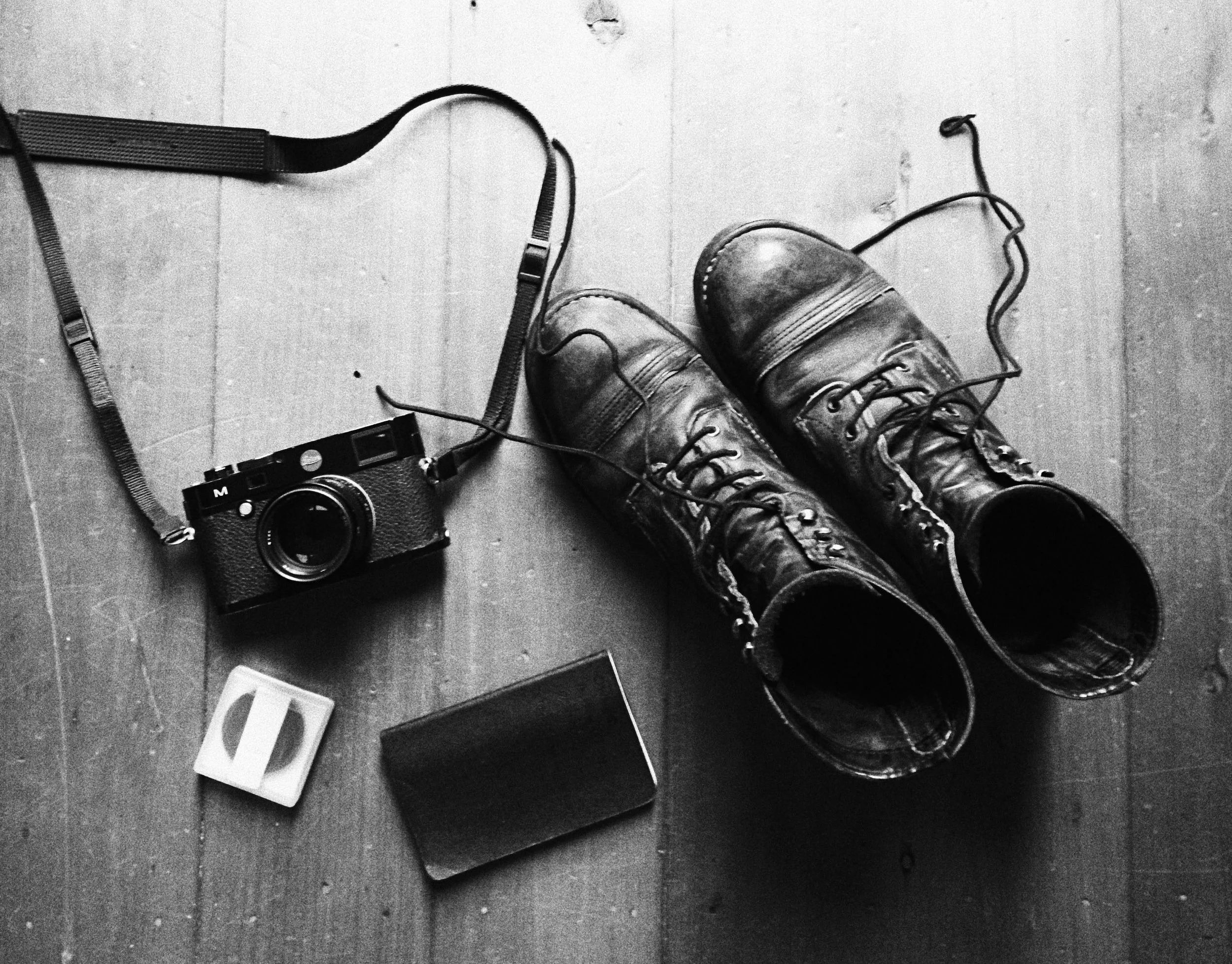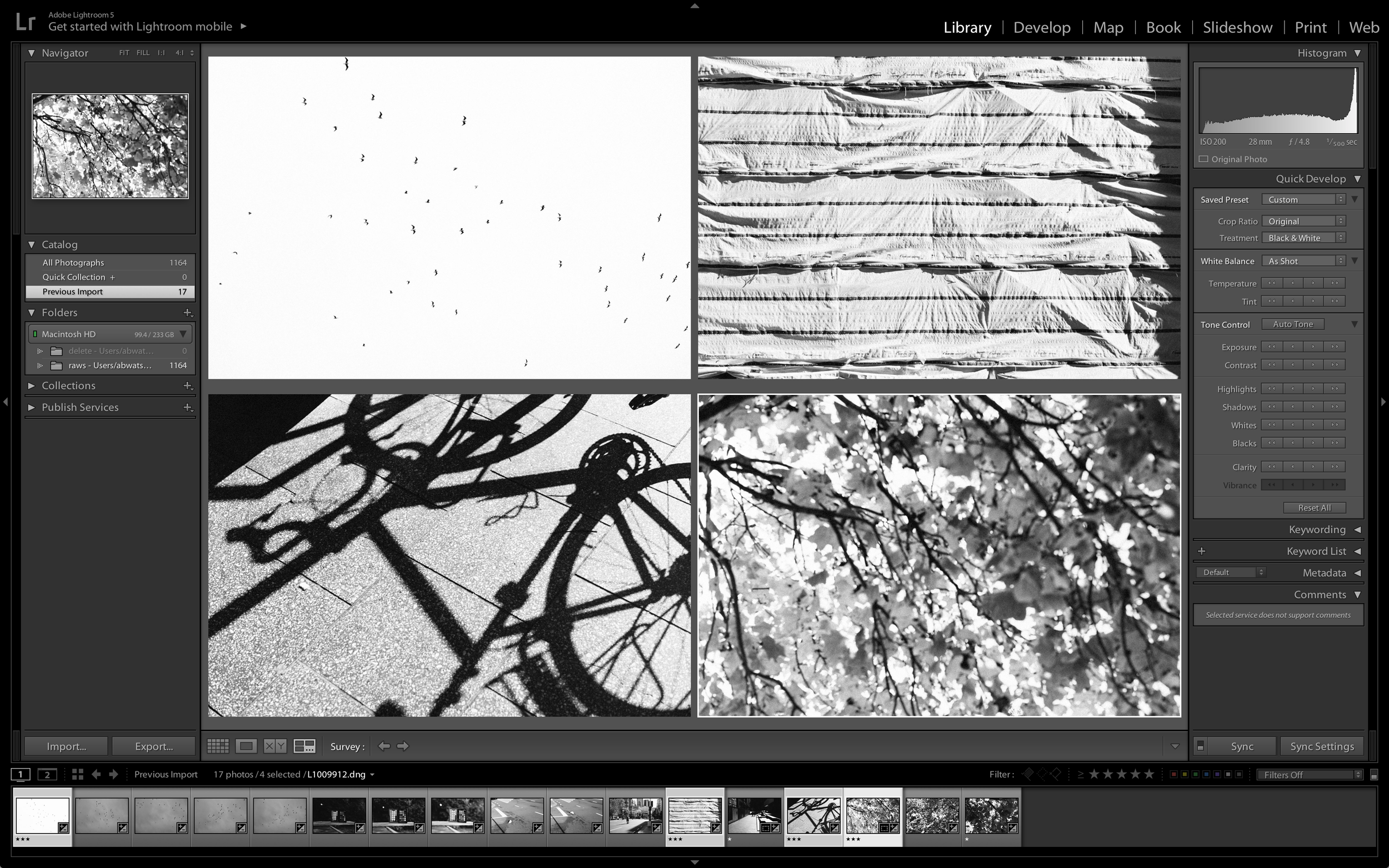How to start in street photography
Photography can be so exciting when you have inspiration be it fresh rolls of film, an empty card or a new camera. Whatever it is that has inspired you to take photos, that's great. But where do you go from here? How do you start taking amazing images and practice street photography? Lets cover how to start in street photography.
How to start in street photography
First, get up early; good light happens in the early hours of the day or late hours of the evening, giving you more dramatic lighting and long shadows. Find out when the sun rises and go from there. I personally like the first few hours after sunrise.
Second, get some comfortable shoes because you're about to do a lot of walking. Street photography is about being in the moment, right next to your subject matter, which requires you to be on the street or in a public space. Take your headphones off, listen to the street, and hear what's going on around you. The percentage of you getting a great photograph will increase when you use all your senses.
Now, you're up early, you have your camera, new batteries, a fresh memory card, and/or a roll of film, and you have comfortable shoes on. Let's go. Get out of that front door and start walking to the city or park (preferably not a kids' playground or school). Don't overthink anything; if something interests you, take a photo of it. If you're contemplating taking a photo, just take the photo. Don't live in regret. If you like people, take photos of strangers. If you like contrast and shapes, take photos of the shadows or architecture. Whatever interests you is fair game in street photography; there is no wrong subject matter here. You won't get kicked out of class for not following the rules. Do whatever you think is right.
Now, you went out, you took some photos, and now it's time to look at and edit them. I'm using Lightroom, but Bridge, iPhotos, or just looking at them in a folder or on a contact sheet is fine. Whatever you currently have, use it. I personally look at all my images small so I don't focus on the little things like sharpness, motion blur, or exposure. All I'm looking at is composition and content. I select the ones I like, and now I can nitpick them to death. I'm not going to go into presets or whether you should choose color or monochrome. That decision is entirely subjective and should be left up to you to decide what aesthetic best represents your vision. All I'm going to say is, for me, it's Kodak Tri-X 400.
Today, I only got four images that I liked. As you can see, for a whole day of walking, I only took 17 images (FYI, the first 8 images were from yesterday). Anyway, four images from a day of walking is pretty good, I think. I don't overly edit or do much post-work on my images because I want my workflow to be as easy and simplified as possible. Plus, I want to be taking photos, not looking at a screen all day.
And that's how you take street photographs: you go outside with good shoes, a camera in hand, and press the shutter button. It's that simple.
So to recap, go outside when the light is good, have your gear ready, and wear comfortable shoes. Walk, walk, walk, and when you see something that interests you, take a photo of it. Don't overthink things. Once the day is up and you're ready to go through your images, look at them thumbnail size so you can be more subjective with your choices. Once you have selected your favorites, do a little bit of editing, and you're done. Now you have successfully practiced street photography. It wasn't so hard, was it?
Other articles
Featured posts
How to shoot minimalist photos - PetaPixel.com
Internet addition is killing your photography - DigitalRev.com
Have I finally found the perfect camera? - DIYPhotography.net
Are you a photographer or, just a camera operator - PetaPixel.com
Why I got rid of my photography gear - PetaPixel.com
Finding style and voice in photography Leica.com
Use deliberate practice to find your photographic style - PetaPixel.com
Why I only use one lens - PetaPixel.com

